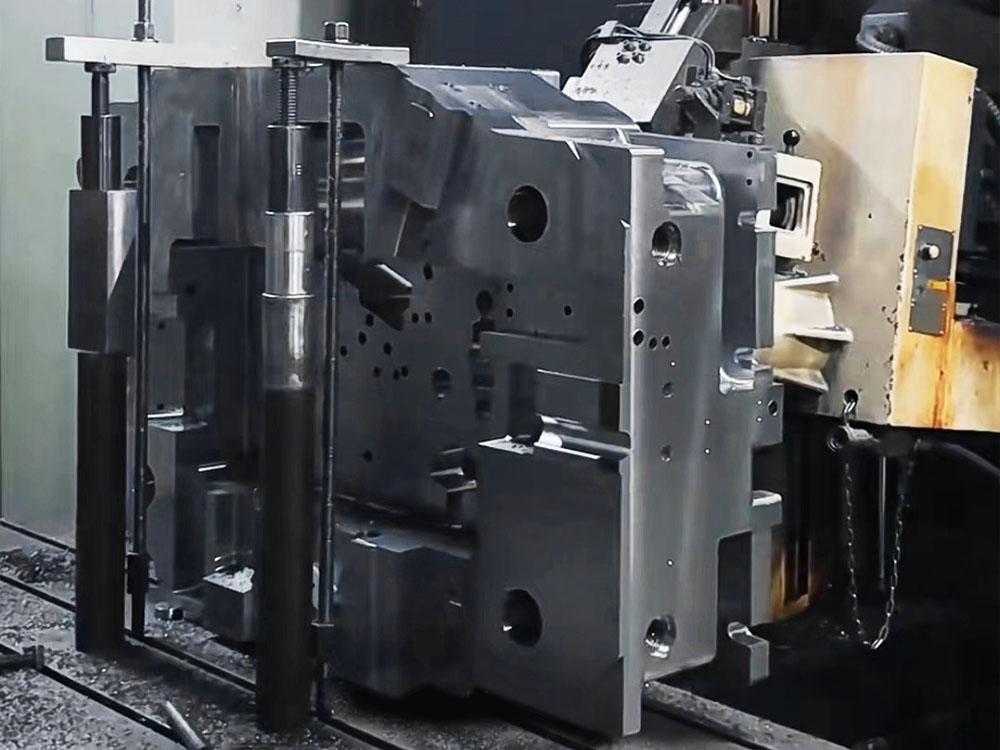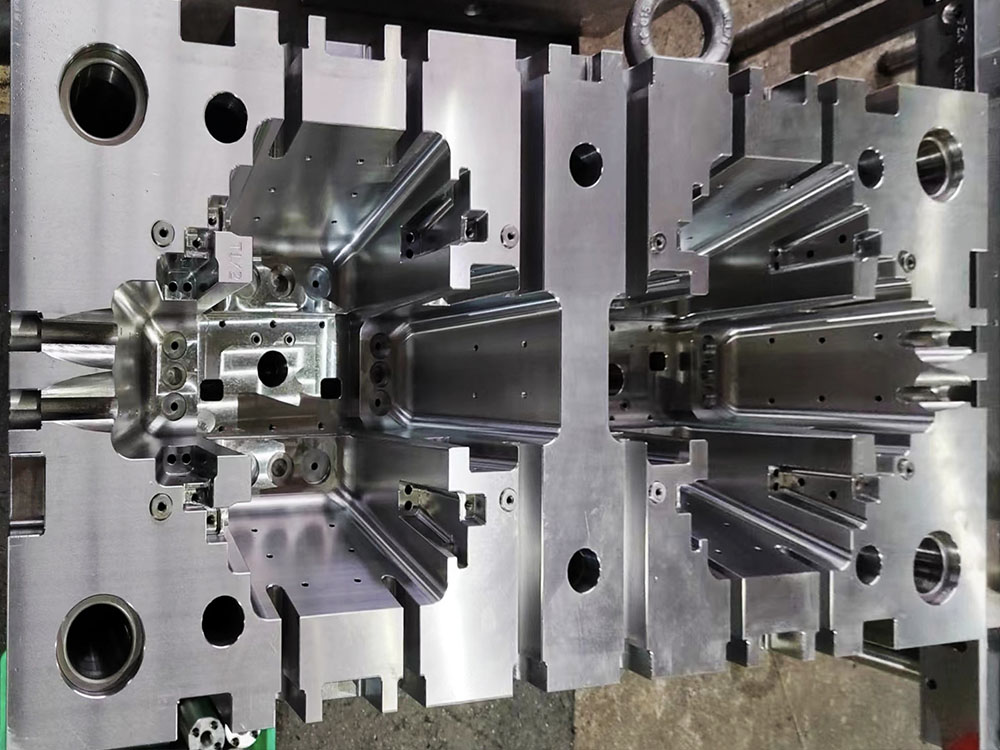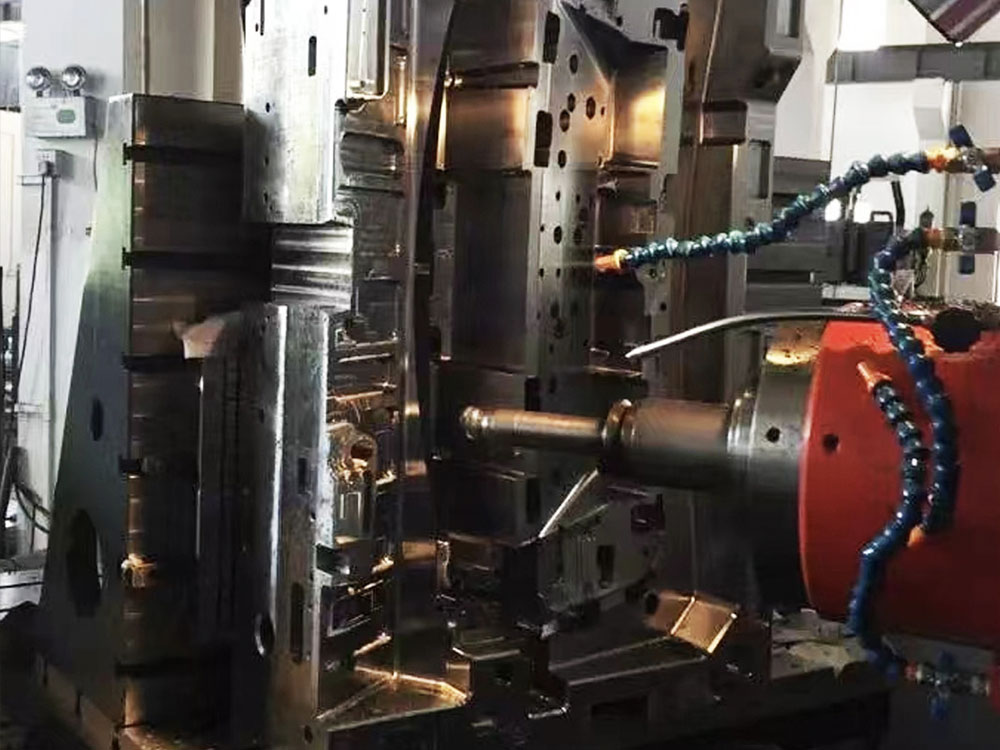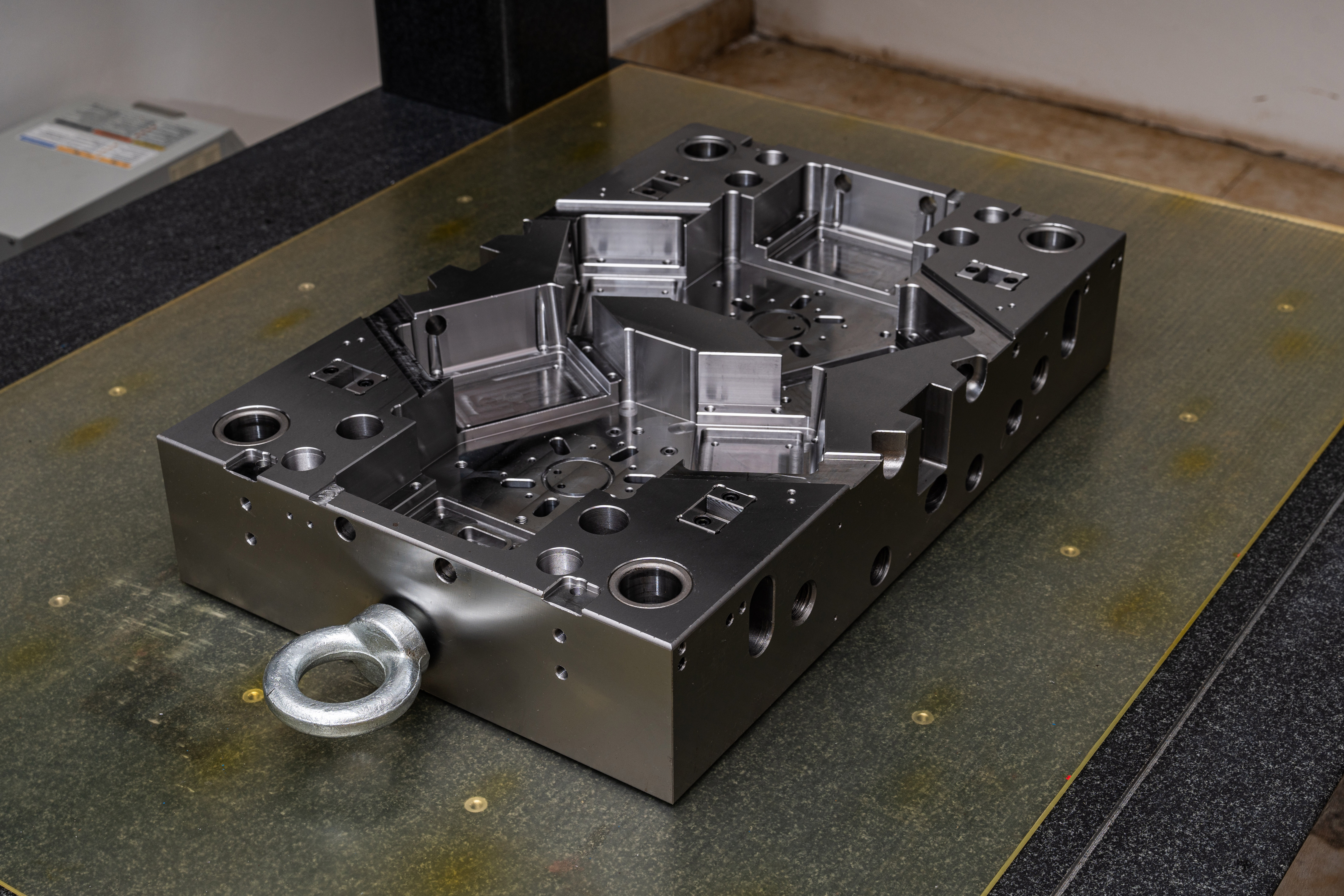How to Choose a Benchmark for Measuring Modular Column Holes in the Mold Base Industry
Choosing the right benchmark for measuring modular column holes is crucial in the mold base industry. A benchmark serves as a reference point for the accurate evaluation and alignment of column holes in modular mold bases. In this article, we will discuss the key factors to consider when selecting a benchmark, ensuring precision and efficiency in the mold base manufacturing process.
1. Accuracy and Precision
The benchmark should provide high levels of accuracy and precision to ensure reliable measurements. It should be designed and manufactured with tight tolerances to minimize any errors or deviations in the measurements. The accuracy of the benchmark can be verified through calibration and testing processes, ensuring that it meets the required standards.
2. Material and Durability
The durability of the benchmark plays a crucial role in its longevity and reliability. It should be made from a material that is resistant to wear, corrosion, and deformation. High-quality materials such as hardened steel or ceramic are commonly used to manufacture benchmarks, as they offer excellent durability and stability over time.
3. Compatibility with Modular Column Holes
The benchmark should be compatible with the modular column holes commonly used in the mold base industry. It should have a design and size that aligns with the standard specifications of the column holes. Compatibility ensures easy and accurate measurements, reducing the need for additional adjustments or modifications.
4. Ease of Use and Setup
An ideal benchmark should be user-friendly, allowing for easy setup and measurements. It should have clear markings or indicators that facilitate accurate alignment with the column holes. The benchmark should also be lightweight and portable, enabling convenient usage in various mold base manufacturing processes.
5. Versatility and Adaptability
A versatile benchmark can be used for measuring different types of modular column holes. It should have adjustable features or interchangeable components, allowing for versatility in its usage. This adaptability ensures that the benchmark can accommodate varying dimensions and specifications of modular column holes, enhancing its usability in different mold base applications.
6. Industry Standards and Recommendations
It is advisable to follow industry standards and recommendations when selecting a benchmark. These standards are established by experts and professionals in the mold base industry, ensuring the benchmark's compatibility and reliability. Manufacturers and suppliers often provide product specifications and guidelines that comply with these standards.
Conclusion
Choosing the right benchmark for measuring modular column holes in the mold base industry is crucial for ensuring accuracy, precision, and efficiency in the manufacturing process. By considering factors such as accuracy, durability, compatibility, ease of use, versatility, and industry standards, manufacturers can select a benchmark that meets their specific requirements. With the right benchmark in place, mold base manufacturers can achieve consistent and reliable measurements, contributing to the overall quality of their products.




